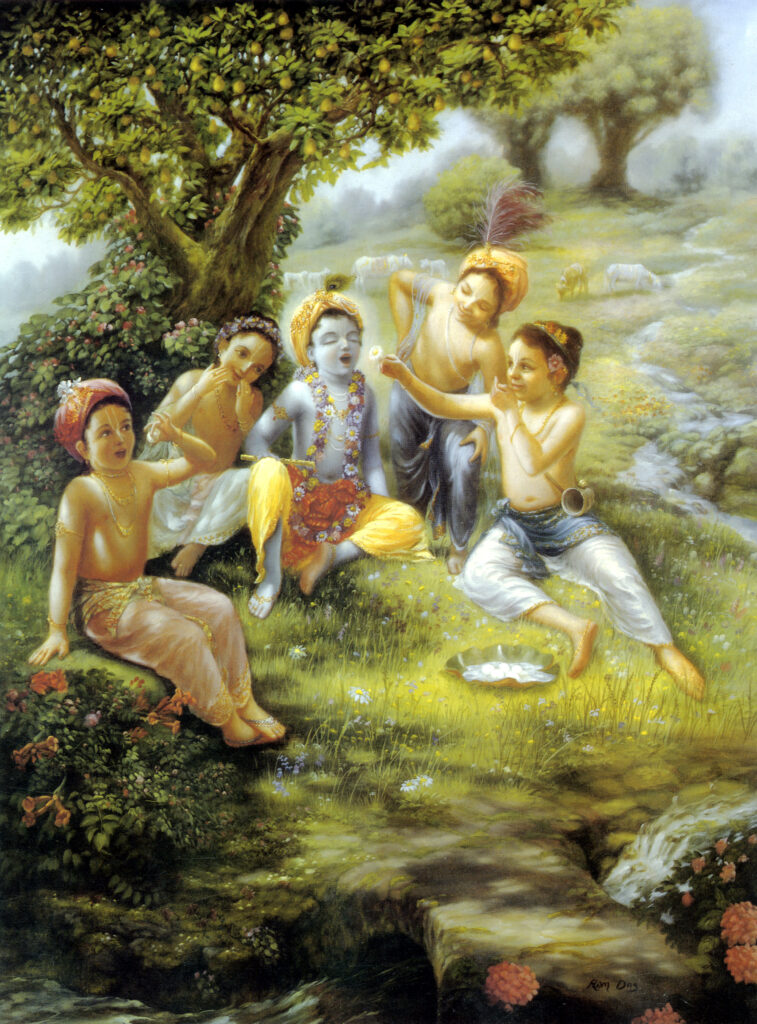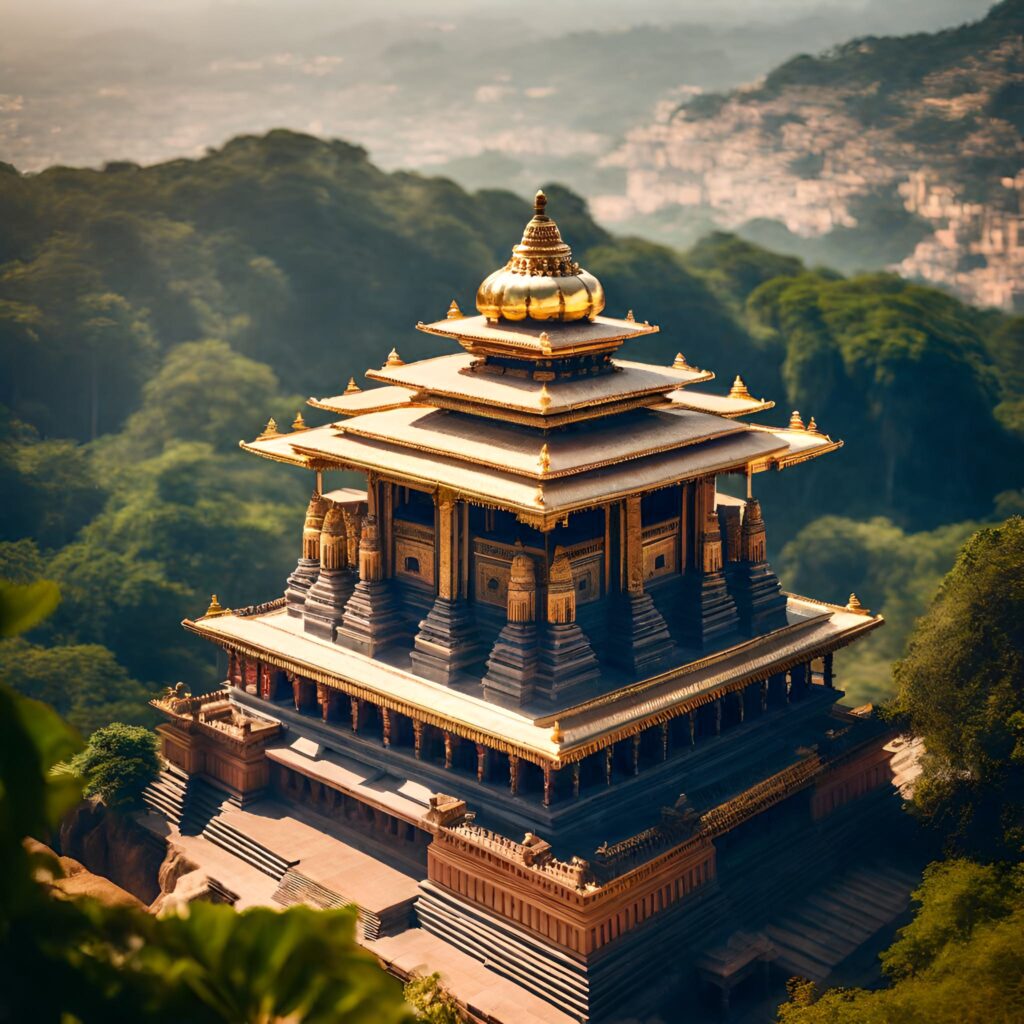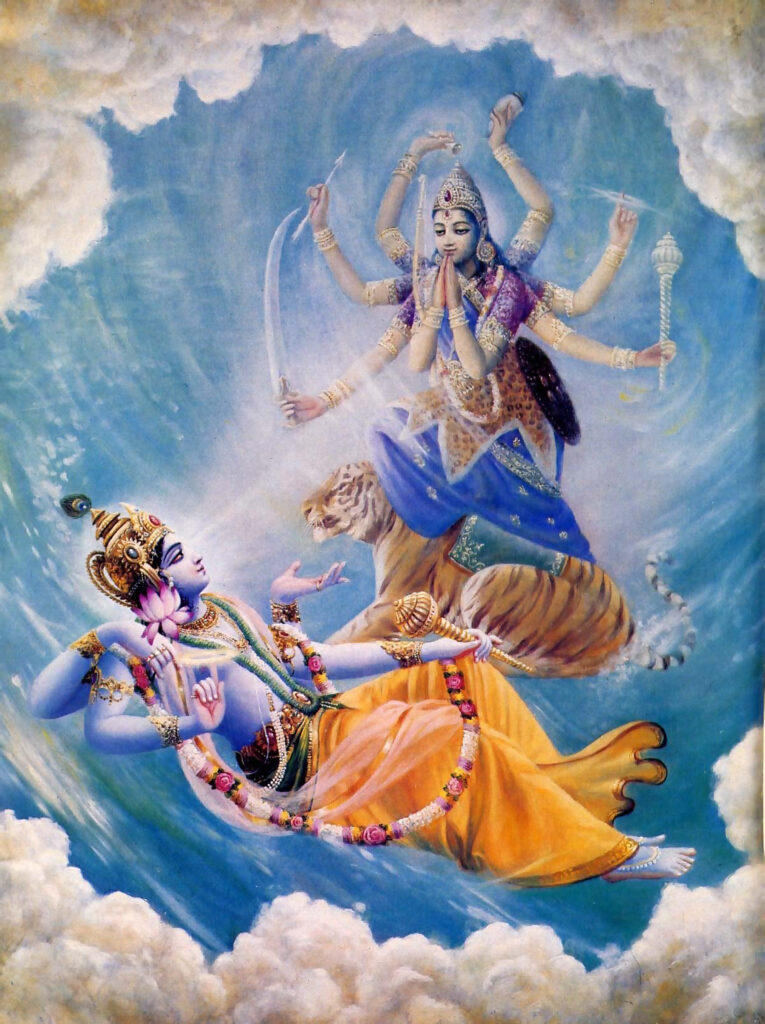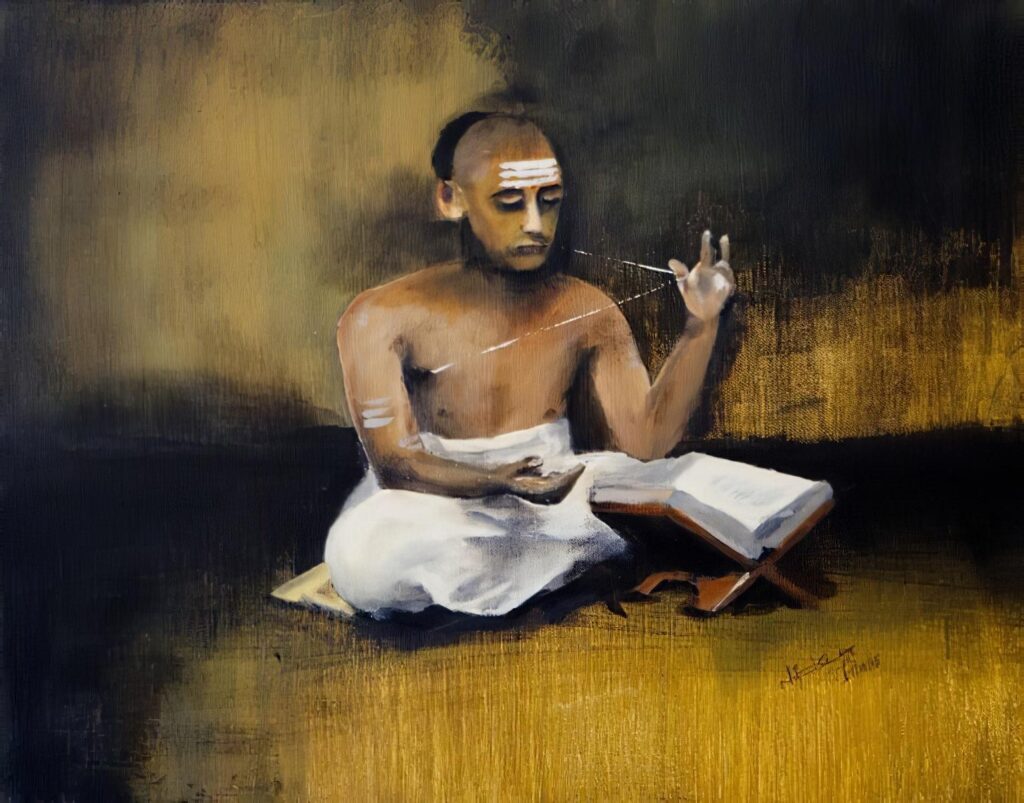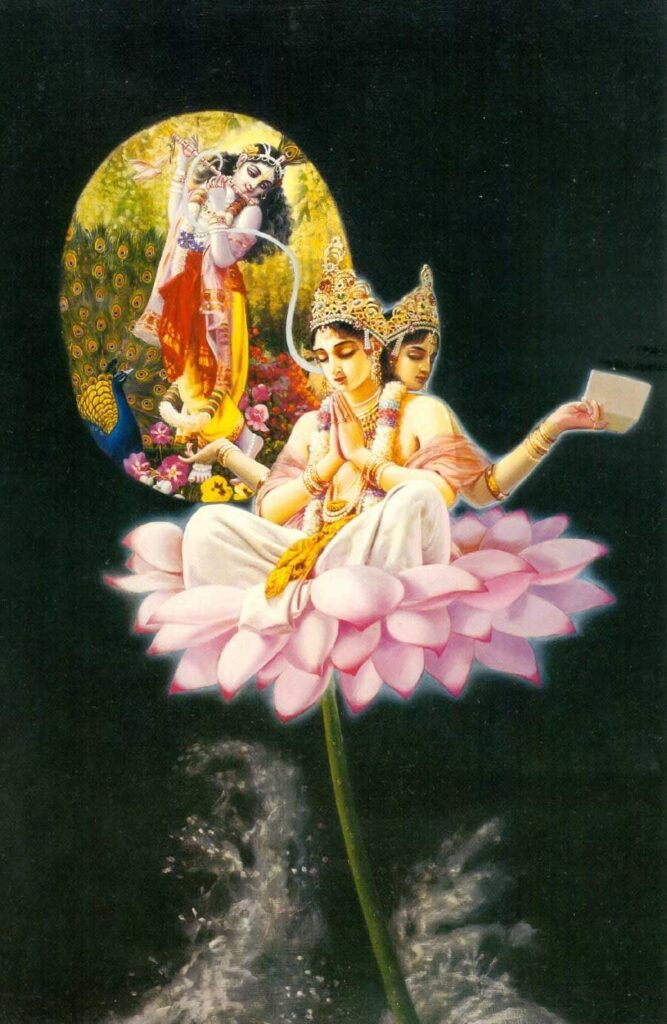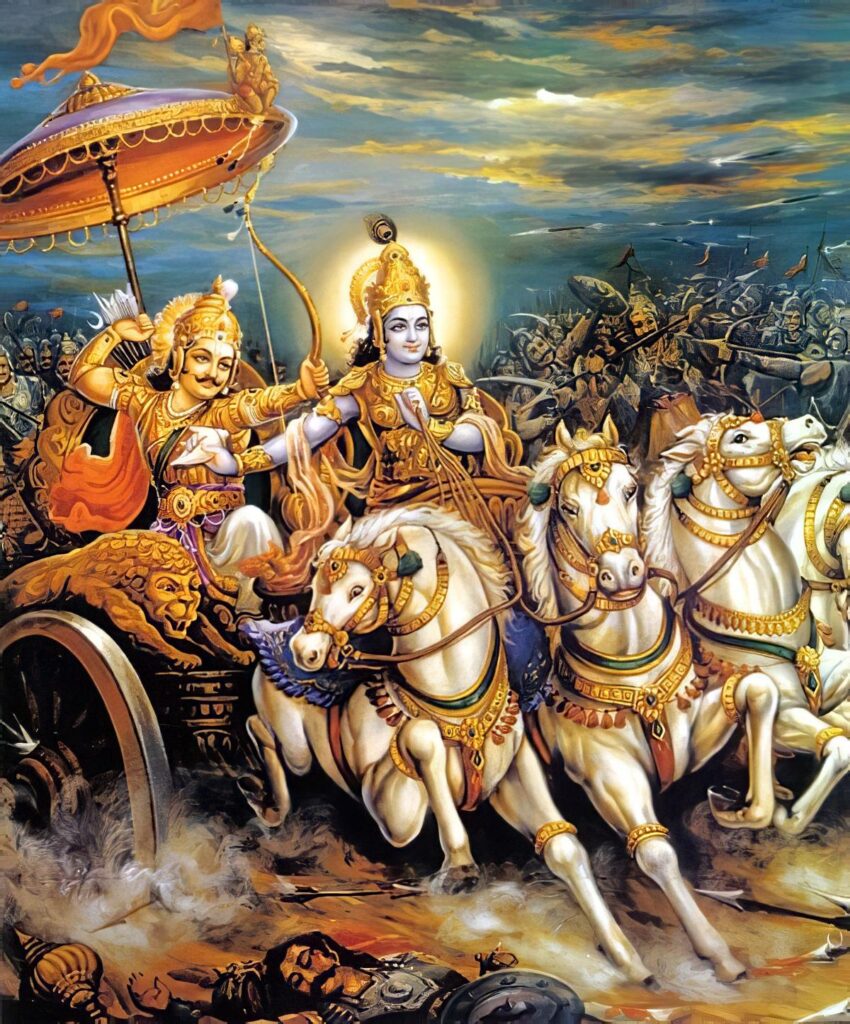Often we have the idea that the Upanisads support the impersonal conception of the Absolute Truth, but this is actually due to the many Mayavadi interpretations of the texts. In reality, the Upanisads directly speak about the personal form of the Lord, just like the Bhagavad-Gita or the Srimad Bhagavatam.
The difficulty is that the Upanisads are parts of the original Vedas, and thus the language is more difficult, and the concepts more abstract. Different from books like the Mahabharata or Ramayana, the Upanisads were written to be studied in the company of the spiritual master, receiving explanations, asking questions, and so on. Just being a Sanskrit scholar is not sufficient.

Unfortunately, not many of us have the opportunity to hear directly from a self-realized soul, but there is another process that can also work. This is based on the suggestions of Jiva Goswami in the Sat Sandharbas. To understand the Upanisads, we should start y studying the Vedanta Sutras, which have the conclusions of the Upanisads. To understand the Vedanta Sutras we should study the Govinda Bhasya of Srila Baladeva Vidyabhusana, who explains everything nicely.
However, the Govinda Bhasya is not an easy book. To understand it we need to have a very good grasp of the philosophy, understanding the references, and the correct conclusions. To get that we need to study the books of Srila Prabhupada very carefully.
Continue reading
